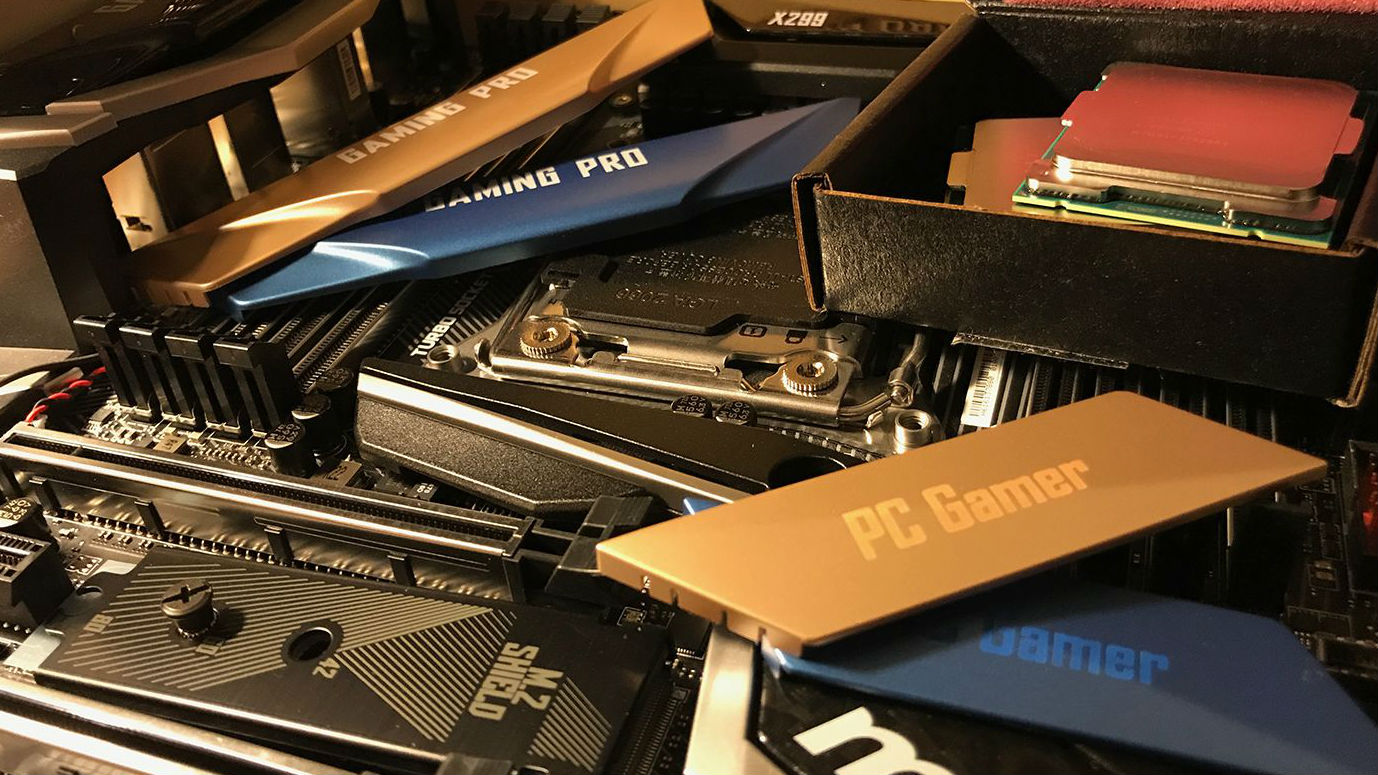Building a new PC involves more variables than it sounds. While many see the task as simple, as “just snap the components into place,” the way it is assembled greatly influences both its durability and final performance. More than that, it is necessary to properly design the configuration, which involves a lot of price research and the need to choose components so that one does not interfere with the other’s operation, checking performance and compatibility levels between them.
While some projections show that “the PC market is dead,” this is not entirely true. It may not even make much more sense in the entry-level segment, particularly as notebook and tablet prices have declined in recent years, but it is unlikely to decline anytime soon in the high-end segment. Here we include both hardcore gamers and professional users, who need every GHz and GB the machine has to offer.
Let’s give some tips for those considering setting up their own machine, usually knowing what it will be good for when it’s ready. Our focus here is on sizing the configuration rather than the configuration itself, avoiding potential bottlenecks and future problems.
How much do you want (or can) spend?
How much are you willing to spend, or can you invest in a new machine? What is your budget for this new purchase? This is another important filter before starting the search. But pay attention: yes, there are PCs available in the market starting from one thousand reais. These devices are only meant for those who don’t want to use their computer for anything other than surfing the internet, watching one video or another, and suddenly doing simple schoolwork. For those who want to go a little further and want to have a machine that will accompany you longer and ready even for new technologies that may come, there is a kind of “average value” to start…

Halfway walked! With a defined goal and budget, it is likely that your choice has already been limited to far fewer models; It is much easier to choose. But of course, it’s always significant to evaluate the entire computer configuration before you take it home, right? Ah, before that, one more little question: do you want mobility or an easy-to-expand machine? This… a desktop or notebook? Most today prefer a notebook for convenience and the ability to carry the computer up and down without much ceremony. There are also two-in-one convertible models with touch screens that practically turn into a tablet depending on the situation. For desktop computers, in addition to traditional desktops, there are all-in-one models… worth a look.
Since the focus is on games, special attention should be paid to the video card. However, it’s not just buying any video card and sticking it on the motherboard. The video card depends on the whole pc to give its potential. Therefore, a setting must be balanced.
What is the important thing when choosing a video card?
DDR5
There are many features and differences between video cards, but the main one is DDR5, as they are the best compatible with current technologies and support for directx11 / DirecTV 12 that is present in the heavier games, ddr3 video cards should be avoided because they are old, consume more power and have less power, even if you see a 4gb ddr3 video card and a 2gb ddr5, know that the latter is better.
VRAM
Today more than ever games are hungry for video memory, or VRAM, so whenever you buy your video card try to get the most memory possible within your budget. Cards with 2 or 3 GB today are already a minimum requirement to run a game, so look for a ddr5 card above 4gb of memory if possible. It will surely last longer.
COOLING
Another feature is to choose the one that has the best cooling; so avoid the ones that only have one cooler (fan), as they get very hot. For example, in the image below, the right video card (with three fans) has an an an a better cooling system than the left video card (with blower). This directly reflects the plate temperature, giving it better performance and longer life.





0 Comentários